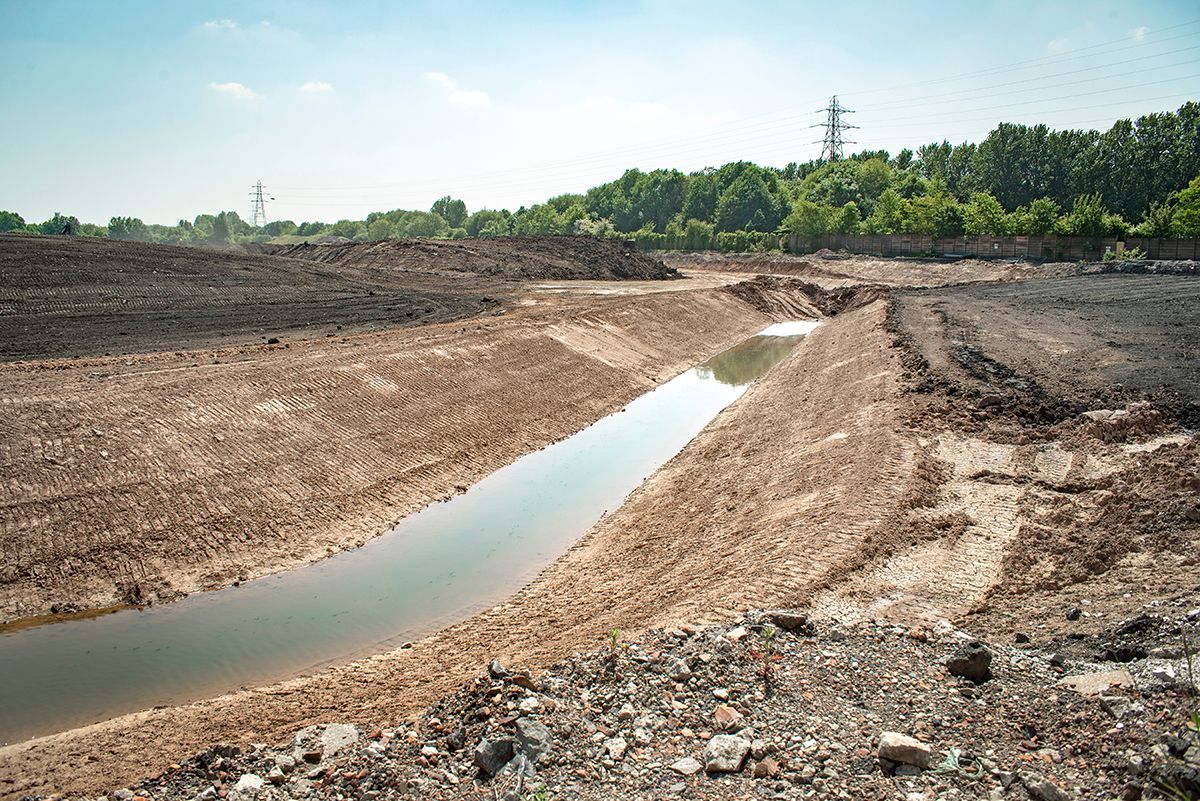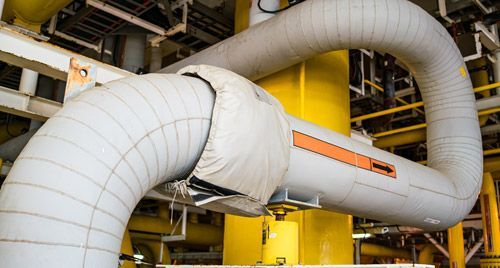What is Land Remediation and Why Does It Matter?
Land can become contaminated over time due to a wide range of factors including natural geological changes, however the impact that human activity has had on the environment cannot be understated. From infrastructure and farming to groundwater pollution and the application of harmful chemicals in construction, contaminated land can significantly impact the progress of planned projects on seemingly harmless land.
Regardless of the cause of contamination, building on unchecked land can be dangerous to human health and the quality of works completed. But, by hiring specialists to conduct land remediation, regeneration of the land can be conducted, ensuring the security and longevity of your project.
Join
Cordtape Environmental
as we walk you through it.
What is land remediation?
Land remediation is the restoration of contaminated land to an acceptable and livable condition.
Land remediation can involve:
- Removing all traces of contamination
- Removal of access between contamination and the project
- Removal of access to the contaminated site
- Treatment of contamination to the appropriate level of safety for the intended project
The process used will depend on the condition of the land, and the intended use for the land. For example, contamination levels will need to be lower on agricultural soil than below a golf course.
What counts as contaminated land?
Land is legally considered contaminated if it is causing, or could possibly cause:
- Significant harm to persons, property or protected species
- Significant pollution to water including surface water and groundwater
- Harm to persons, property or protected species due to radioactivity
Contaminated land can be caused by:
- Natural geological changes
- Heavy metals
- Chemical substances
- Gases
- Oils and tars
- Asbestos
- Radioactive materials/substances
The importance of land remediation
Land remediation is vital for a variety of reasons including:
1. Protection of Human Health
Contaminated land poses a significant threat to the health of both construction workers who are building on the site, and the ongoing health of people who will use the site for homes, work or leisure. Exposure to contaminants like asbestos, radioactive materials and chemicals can lead to respiratory issues, lifelong skin conditions, cancers and chronic illnesses. These can be prevented through safe assessment and removal of harmful substances.
2. Environmental Protection
Pollutants are as harmful to the environment as they are to human health. Disrupting ecosystems, contaminating surface water bodies like streams, rivers and oceans, and infiltrating natural habitats are a few of the ways that contaminants can have a negative impact on the natural world.
3. Compliance with regulatory bodies
Legal and environmental bodies have regulations in place to protect land and prevent the spread of contamination. Failure to comply with these regulations, or address contaminated land upon discovery can lead to legal action.
4. Furthering sustainable development
Utilising contaminated land instead of building on new/protected land can lead to more sustainable development strategies.
Land remediation allows contaminated land to be repurposed through the removal of harmful substances and materials, creating more homes and leisure spaces without destroying existing ecosystems and biodiversity in untouched green spaces.
5. Supporting the economy
Land remediation can open the door for new development, boosting the economy of local towns and offering new locations for businesses to thrive.

Stages of land remediation
Land remediation follows a stringent process to ensure our specialists are protected, and the land is cleaned in a manner that is both thorough and safe for use. This also guarantees that we select the correct technique for the site’s intended use.
Land remediation consists of:
1. Primary site investigation
Before we visit the site, we conduct extensive research into the history of the site including its previous use, geological foundations and geographical significance. The context of the site is vital to understanding what to expect when we arrive for intrusive investigation.
2. Intrusive site investigation
Intrusive on-site investigation involves drilling, sample collection and laboratory testing to identify all sources of contamination, and where they are present. A risk assessment is conducted to identify receptors (human health, ecosystems, water resources) that may be impacted by the contamination, the pathways between them and whether they pose significant risk.
We can then set appropriate targets depending on our findings.
3. Remediation works
An appraisal will be conducted to select the best technologies and methods, evaluate costs and balance the benefits of each method of clean up, as well as the environmental implications of these efforts.
4. Verification and validation
Once remediation works are completed, the site must be monitored for a predetermined length of time to discern the success of clean-up, and ensure all objectives have been achieved. Work cannot begin immediately on the site in case contaminants remain present.
When we are sure the site is safe for its intended purpose, evidence will be presented, as well as recommendations for further works if required.
Cordtape Environmental
takes a leading role in the development of innovative solutions to the clean-up and regeneration of contaminated land, with sustainability at the heart of our approach. Our specialists are backed by the government to conduct
Land Remediation
to the legal standard, so that your project can go ahead without fault.
For enquiries on land remediation or assessment of contaminated land,
contact us today.
Share on social media
Talk to us about asbestos and energy management services
Website by Infoserve | Cookies & Privacy Policy




